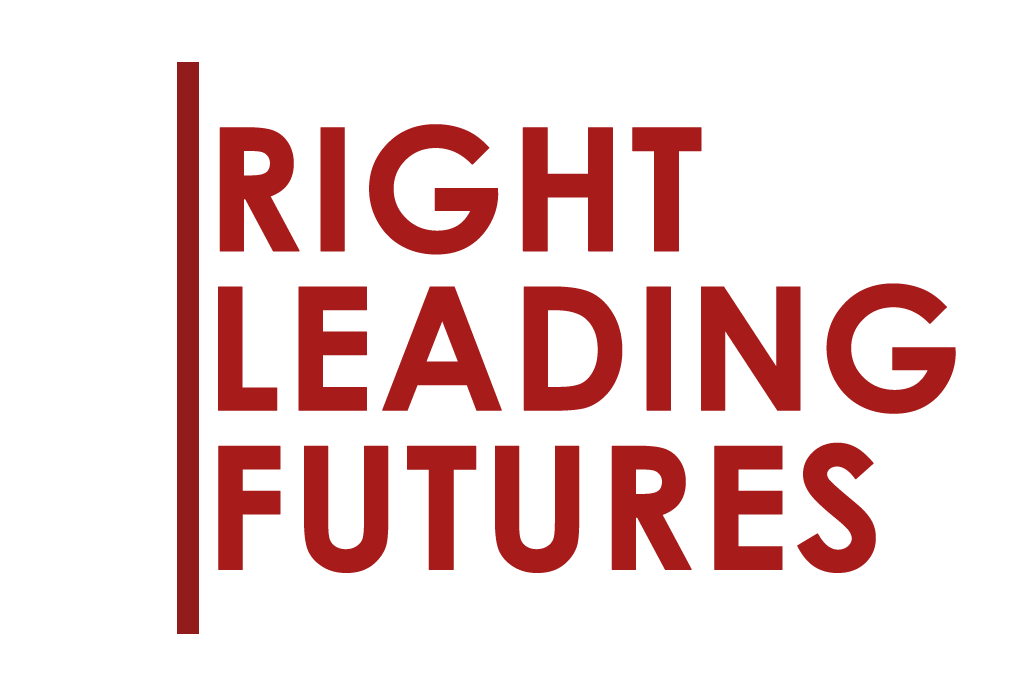Recent stories of note:
“Renewed Frick Collection balances tradition and transformation”
J. Cabelle Ahn, The Art Newspaper
The March 2025 issue of The New Criterion contained something out of the ordinary—photographs, of some of the homes of Henry Clay Frick (accompanying “The Fricks at home,” by Ian Wardropper). But what occasioned the images is itself extraordinary: the long-awaited reopening of the Frick mansion, which has been closed for five years now, with the collection rehoused in the Breuer Building in the meantime. Those wary of the newfangled can take comfort in the fact that many of the updates are intended to reinstate the building’s earliest status quo, including the restoration of the family’s living quarters, no longer to be used as administrative offices, and the Boucher room’s relocation to its original space. With the opening set for April 17, there remain only three weeks to wait.
“Faith in the Age of AI”
Nora Kenney, City Journal
In 2022, The New York Times reported that “New York’s hottest club is the Catholic church.” Let’s hope that’s a comfort to Ross Douthat, the Times columnist whose most recent book makes the case that religion is good, and not just instrumentally. In Believe: Why Everyone Should Be Religious, Douthat argues that modern science, despite what many people assume, makes it more reasonable to believe in God, not less—reason “points godward,” as he styles it. The book may be “lopsided and a little unwieldy,” Nora Kenney writes in City Journal, but perhaps that is evidence of the book’s urgency more than anything else.
“The Panther in his cage”
Ben Hutchinson, The Times Literary Supplement
For the lucky Neue Galerie visitors who caught the museum’s stunning Paula Modersohn-Becker exhibition (or the Chicagoans who saw the show during its Art Institute stint), Rainer Maria Rilke’s time at the Worpswede artists’ colony will ring a bell. There, Rilke was initially taken with Becker, but thanks to her engagement to the painter Otto Modersohn, the poet turned his attentions to the sculptor Clara Westhoff, whom he soon married instead. It was in Worpswede that Rilke began to produce his major works, as Ben Hutchinson writes in The Times Literary Supplement. Hutchinson points us to two new biographies of the Austrian poet, but with 2025 the 150th anniversary of Rilke’s birth and 2026 the centennial of his death, we are bound for many more celebrations and studies of the poet than these.















